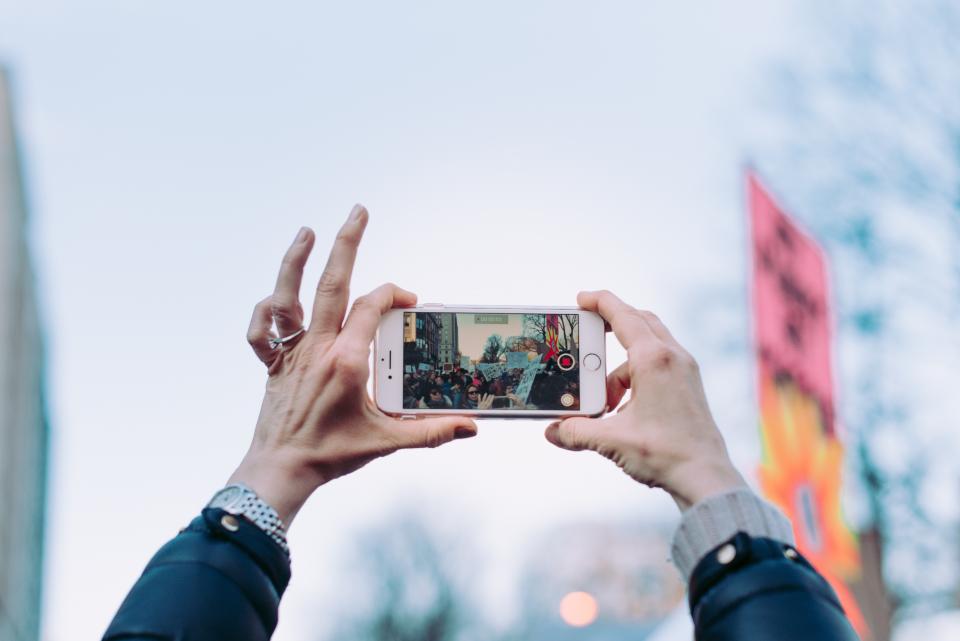Ten Tips for Shooting Cell Phone Video
WRITTEN BY Tim Lewis ON 02.20.24
Sometimes, a professional crew doesn’t make sense to capture a quick, spontaneous video clip. Here are ten tips for making the best of these situations:
1) Make the best of available light. Avoid shooting in overly dark or overly bright areas. Try to stay in an area that looks fairly ” balanced” to your eye. Try to place the subject opposite your light source. For instance, avoid shooting subjects against windows as the phone camera will often expose for the light coming in, leaving your subject in silhouette.
2) Try to keep the camera steady and stable as much as possible. Obviously if the camera is moving around erratically and the image is shaky, your viewer will have difficulty focusing on the subject. If your phone has a stabilization feature, make sure it is switched ON. Use both hands to hold the phone as you record if possible.

3) Always record with the phone in the horizontal or “landscape” position. This results in footage that is best suited for almost all viewing situations including viewing on computer monitors, cell phones, televisions, etc.
4) Pay attention to sound. If you are doing interviews, try to keep the subject out of extraneous noise whenever possible. If you can, plug an external microphone into your cell phone (there are several inexpensive options on the market) and have the subject speak into it . If nothing else, stand close enough to the subject so the phone microphone tends to pick them up above all else.
5) Strive for good composition. If you are interviewing someone, try not to put too much room above their head or cut them off just above the eyes.
6) Keep your videos short. Short videos (no longer than :30-:45 seconds) are easier to share and work with. You’ll need to upload many shorter videos instead of one or two long videos.
7) Make sure your phone is in “video” not “photo” mode. Seems obvious, but even the most experienced phone videographers have realized (often when it’s too late) that they ended up with still shots that should have been video.
8) Make sure the video setting is at the highest resolution. This varies per phone but is always worth checking.
9) Always do a video test. Record a test clip, play it back to make sure image and sound are recording properly. Make adjustments while you still have the opportunity!
10) HAVE FUN!!!
